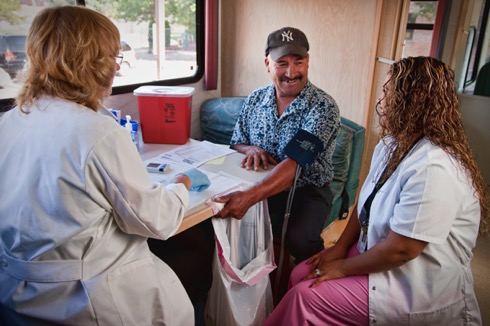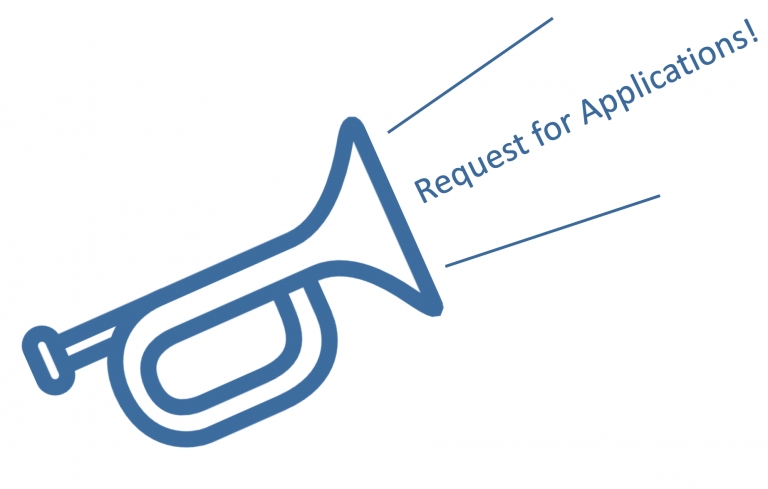Strengthening Connections Between Research and Community
 To form an even stronger connection between the our supported researchers and the communities they work with, the Community Engagement and Outreach (CEO) Core has developed a formal template to be completed by researchers to do just that. Starting with the 2020 Pilot Grant Program awardees, the CEO will begin to work with all Great Plains IDeA CTR Network researchers to formalize and initiate an Engagement and Dissemination (E&D) Plan.
To form an even stronger connection between the our supported researchers and the communities they work with, the Community Engagement and Outreach (CEO) Core has developed a formal template to be completed by researchers to do just that. Starting with the 2020 Pilot Grant Program awardees, the CEO will begin to work with all Great Plains IDeA CTR Network researchers to formalize and initiate an Engagement and Dissemination (E&D) Plan.
The purpose of the Great Plains IDeA-CTR Network’s new E&D Plan is to help researchers better understand and communicate with relevant patient, clinical, and community stakeholder groups. It is also intended to allow stakeholders to provide input on project relevance and improve the connection between clinical and translational research activities and the community at large.
By specifying the intended audience for a research study, the goals of the study, community or stakeholder engagement strategies, and any potential deliverable products, investigators can improve the regional culture of science outside of the walls of our research institutions. Furthermore, when researchers plan and budget for the eventuality of communicating the study’s findings, that community is more likely to successfully receive that message.
Although we will begin this activity with our 2020 Pilot awardees, we intend to make this an award requirement for all GP IDeA-CTR funded researchers. The Community Engagement and Outreach (CEO) Core will begin meeting with researchers twice per year to discuss how they intend to engage with their respective community and disseminate information during and after the study is conducted. The CEO Core recommends engaging the community at multiple points throughout a study to collaboratively plan, implement, and interpret the results of the study ultimately identifying new ways to disseminate research findings.
The goal of this plan is not only to improve the methods by which researchers involve the community when conducting and communicating research, but also to ensure the sustainability of those studies. Research studies are most successful when the work is sustainable and the findings benefit the intended audience for years to come.



